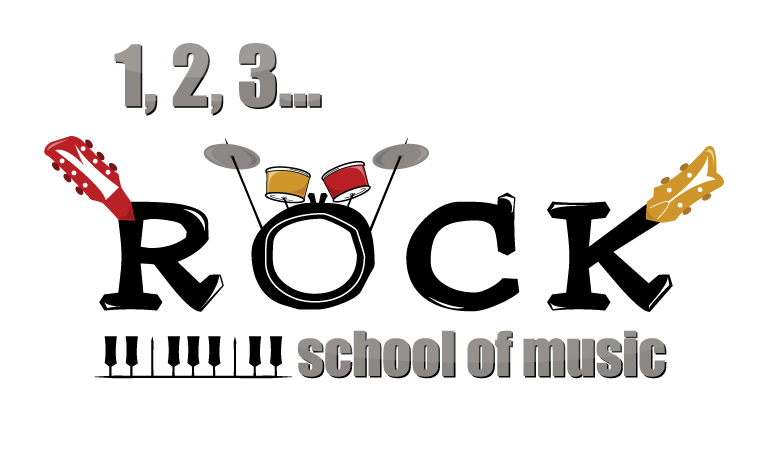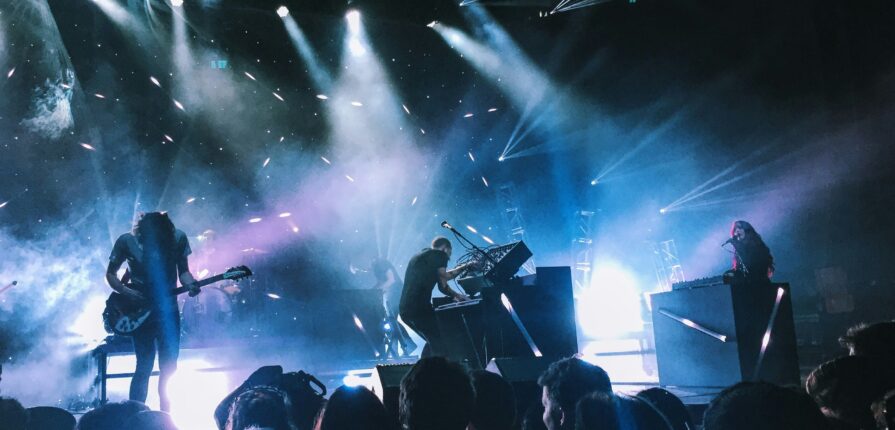The world of music is vast and multifaceted, encompassing a range of experiences that resonate with listeners in various ways. At the heart of this discussion lies the age-old debate between live music and recorded music. Each form presents unique qualities that evoke distinct emotional responses and shape our relationship with music
-October, Tuesday 8
The Live Experience: An Unforgettable Encounter
Attending a live concert transcends mere auditory pleasure; it is an immersive event that engages all the senses. The atmosphere is electric, filled with the palpable energy of the crowd, the visual spectacle of stage lights, and the scent of excitement in the air. From the moment the artist steps on stage, an almost magnetic connection forms between the performer and the audience. One of the most exhilarating aspects of live music is its unpredictability. Each performance is a unique expression, shaped by the moment. Musicians may take artistic liberties with their songs, altering arrangements or adding spontaneous improvisations that create a fresh experience for the audience. This spontaneity fosters a sense of adventure, making every concert an unrepeatable experience. The emotional highs of live music can be monumental. The collective energy of thousands of fans singing in unison can lead to moments of pure euphoria, creating a bond that transcends individual experiences. This sense of community is especially powerful; sharing a moment of joy, nostalgia, or catharsis with strangers can evoke feelings of unity and belonging. Concerts often serve as a backdrop for significant life events—first dates, celebrations, or even healing moments—creating lasting memories tied to specific songs or performances. Moreover, the intimacy of live music can forge deeper connections between artists and their fans. The interaction is personal; artists may share stories, express gratitude, or engage in banter that makes the audience feel seen and valued. This engagement can amplify the emotional impact of the music, turning a simple song into a heartfelt conversation. The physical presence of the artist, combined with the enthusiasm of the audience, can create a charged atmosphere that leaves a lasting impression.
The Power of Recorded Music: Intimacy and Depth
In contrast, recorded music offers its own rich experience that cannot be overlooked. With the advent of digital platforms, listeners have unparalleled access to an extensive catalog of music, allowing for endless exploration and discovery. Recorded tracks can be revisited time and again, enabling listeners to delve into the intricacies of each song. This ability to replay and analyze music fosters a deeper appreciation for the artistry involved in its creation. The emotional depth of recorded music often lies in its production quality. Studios have the power to create soundscapes that transport listeners, layering instruments and effects to build a sonic tapestry that enhances the listening experience. From the crispness of a well-produced vocal track to the lush background harmonies, recorded music can evoke a wide range of emotions—joy, sorrow, nostalgia, and empowerment. This meticulous crafting can lead to profound emotional responses, as listeners find solace or inspiration within the carefully curated sound. Moreover, recorded music allows for personal curation. Listeners can create playlists that reflect their moods, experiences, or even specific moments in time. This personalization creates an intimate relationship with the music, as each song can evoke memories or feelings tied to personal experiences. In moments of solitude, recorded music becomes a companion, providing comfort or motivation during times of need. Recorded music also plays a crucial role in preserving artistic expressions. While live performances are ephemeral, recordings capture the essence of a song, allowing it to be shared across generations. This preservation means that music can continue to inspire and connect with listeners long after the performance has ended.
Bridging the Gap: Finding Balance
While live music and recorded music each have their distinct advantages, they are not mutually exclusive. Many artists leverage both formats to reach their audiences, using live shows to connect on a visceral level while utilizing recorded tracks to share their work more broadly. This interplay allows fans to experience their favorite songs in different contexts, enriching their overall appreciation of the music. The rise of live streaming and virtual concerts has also blurred the lines between these two forms. Fans can now experience live performances from the comfort of their homes, creating a hybrid experience that combines the intimacy of recorded music with the excitement of live shows. This evolution opens up new possibilities for accessibility and connection, allowing artists to reach wider audiences and enabling fans who may not have the means to attend concerts to still partake in the experience.
The Heart of the Matter Ultimately, the discussion surrounding live music versus recorded music reflects the broader complexities of our relationship with art. Each form has its merits, offering unique emotional impacts and experiences that shape how we connect with music. Whether one finds joy in the thrill of a concert or solace in the familiarity of a favorite album, the beauty of music lies in its ability to connect us both to the artists who create it and to one another. In the end, the choice between live and recorded music may not be a matter of preference but rather a celebration of the diverse ways in which music enriches our lives.


